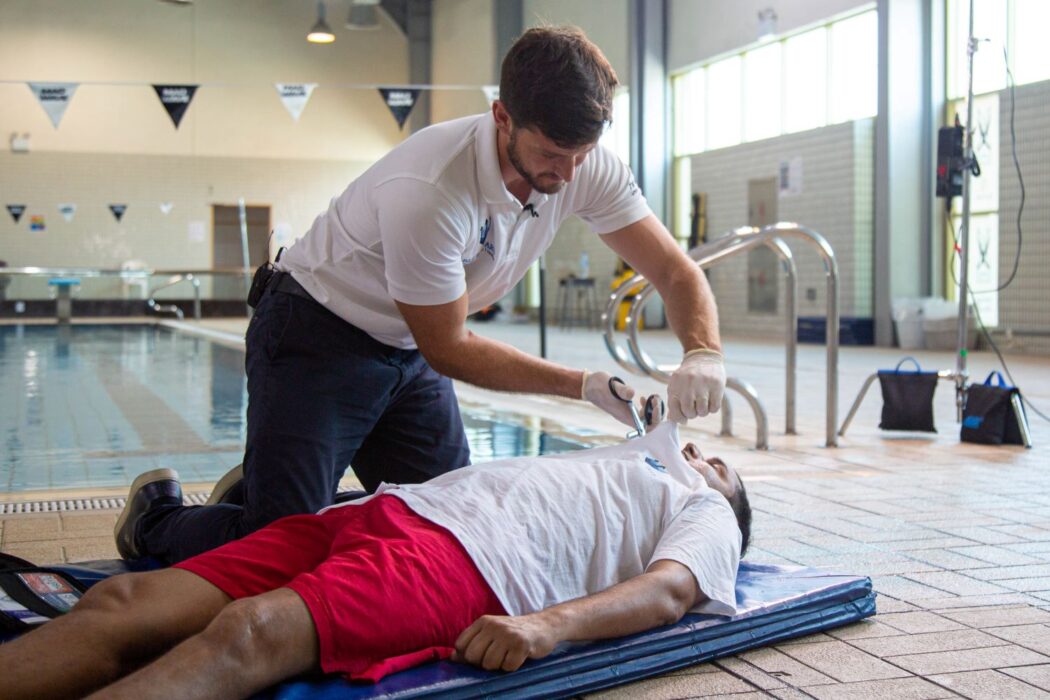Top tips to prevent drowning incidents
With summer’s allure of water activities, Blueguard aims to raise awareness and prevent drowning incidents through essential water safety education on World Drowning Prevention Day.
In their pursuit of water safety excellence, Blueguard highlights the following crucial points.

Overall tips to consider:
- Safe swimming practices: Swim only in designated areas supervised by lifeguards, adhering to posted signs and guidelines.
- Knowing the conditions: Understand weather and water conditions before swimming in open water settings to avoid dangerous situations.
- Boat and water sports safety: Always wear life jackets and comply with water safety rules.
- Empowering with CPR and first aid: Enroll in Blueguard’s CPR and first aid courses to equip yourself with life-saving skills.
Top water safety tips for hikers and wadi explorers:
- Stay clear of unstable bank edges: While hiking next to open water, ensure a safe distance from the bank edges to avoid slips, trips and falls due to instability.
- Always explore with a friend: Opt for hiking and exploration with a companion, never venture alone, as this enhances safety and provides immediate assistance in emergencies.
- Proper lighting during low light: For hikes before sunrise or after sunset, ensure correct lighting and visibility to prevent any unforeseen hazards.
- Plan for a clear and safe exit: Before entering the water, have a well-defined exit strategy in place to swiftly and securely leave the area.
- Check water depth: Assess the water’s depth before entering, reducing the risk of unexpected submersion and ensuring a safer experience.
- Learn basic survival skills: Equip yourself with essential survival skills to effectively handle unforeseen water-related challenges and emergencies.
- In case of a fall, stay calm and float: If you accidentally fall into the water, stay calm, float on your back to conserve energy and call for help immediately.
How to keep children safe:
- Active supervision: Actively supervise children around water, staying within arm’s reach and avoiding distractions to be ready to respond promptly.
- Restricted access: Secure pool areas with fencing and gates to restrict children’s access to water, ensuring their safety even when unsupervised.
- Teach water safety skills: Beyond swimming, impart essential water safety skills to children, fostering confidence and competence around water.
- Emergency preparedness: Acquire water rescue skills and CPR knowledge to be well-prepared in handling any water-related emergencies effectively.
For more information, visit the website or Instagram












Comments